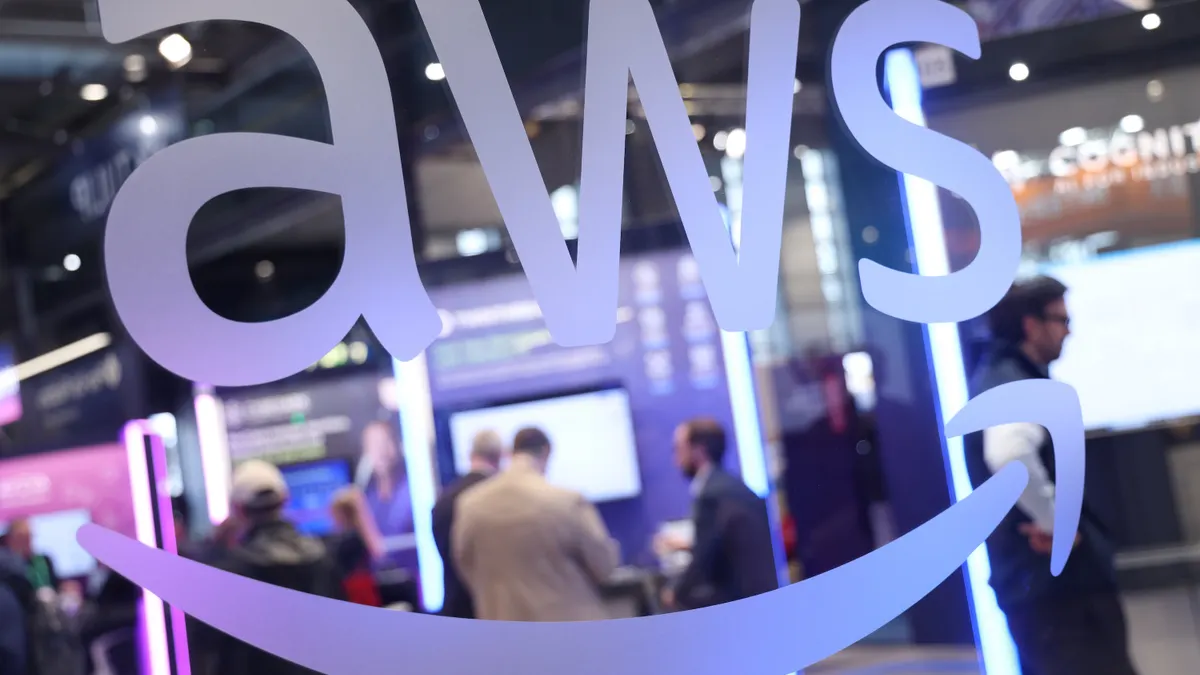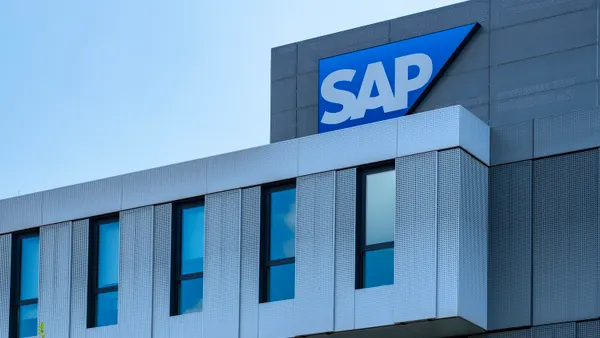Dive Brief:
- Amazon CEO Andy Jassy touted the size advantage AWS holds over its closest cloud competitors — Microsoft and Google — Thursday during the company’s Q2 2025 earnings call for the three-months ending June 30.
- “We have a meaningfully larger business in the AWS segment than others,” Jassy said, pointing to the cloud unit's $123 billion in annualized revenue run rate. “I think the second player is about 65% of the size of AWS.”
- Jassy also alluded to Microsoft’s recent and ongoing cyber issues tied to vulnerabilities in the SharePoint document management tool. “There are very different results in security in AWS than you'll see in other players,” he said. “You could just go through what's happened the last couple of months … you can see kind of ‘adventures’ at some of these players almost every month.”
Dive Insight:
AWS has long been king of the hill in cloud, defending its leading share of the steadily growing market for infrastructure and compute services. The hyperscaler increased revenue 17.5% year over year to $30.9 billion in Q2 and reported nearly $108 billion in 2024 revenue, a 19% increase over the prior year.
Microsoft, by comparison, saw Azure cloud revenue spike 34% to $75 billion during its most recent fiscal year. The company had not previously reported Azure financials separately from other services bundled in its Intelligent Cloud segment. Google Cloud, which experienced its first profitable quarter more than two years ago, grew its annual revenue 31% to $43.4 billion in 2024.
While the rapid rise of large language model technologies didn’t shuffle the standings in Q2, generative AI adoption continued to stoke demand for cloud. Global spend on cloud services increased nearly 25% to $99 billion during the three-month period, driven by triple-digit growth in cloud-based AI, according to a Thursday Synergy Research Group report. AWS, Microsoft and Google Cloud split the lion’s share of cloud spend, commanding 30%, 20% and 13% of the market, respectively.
“Take a bow Gen AI, which has lit a fire under cloud service development and helped to propel the market to new highs,” SRG Chief Analyst John Dinsdale said in an email. “We saw growth of 140-180% in Gen AI-specific cloud services, and AI is also contributing to enhancements and added growth across the broader portfolio of cloud services.”
The trend triggered an ongoing hyperscale race to add capacity. Amazon led the pack, committing $100 billion to capital investments in cloud infrastructure this year. The company piled $31.4 billion in Q2 investments on top of the nearly $25 billion it spent in the first quarter and expects CapEx to remain at that level through the back half of the year, according to CFO Brian Olsavsky.
“We have more demand than we have capacity at this point,” Olsavsky said. “We will continue to invest more capital in chips, data centers and power to pursue this unusually large opportunity that we have in generative AI.”
AWS is steadily adding to its stockpile of AI capabilities. The company deployed AI agent-building platform AgentCore along with coding assistant agent Kiro last month, and rolled out open-source AI agent developer tool Strands Agents in May.
AWS’ backlog cloud business has grown in step with AI adoption, increasing year-over-year by 25% to $195 billion, according to Jassy, who said he expects capacity constraints to ease gradually over the next several quarters.
“The single biggest constraint is power,” Jassy said. “You also see constraints off and on with chips … I think it will take several quarters, but I do expect it's going to get better each quarter.”














